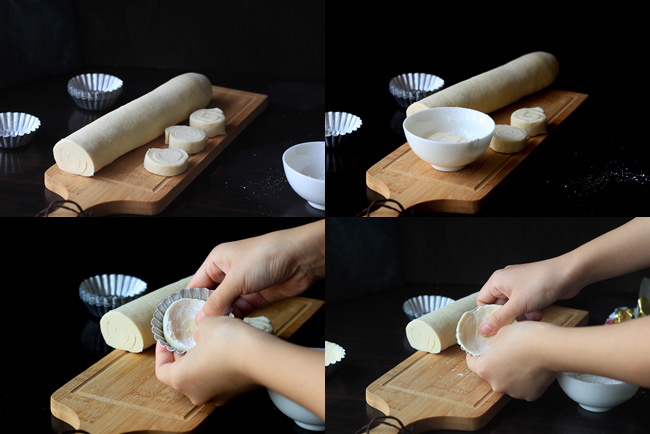
Here are the best places to eat Portuguese egg tarts in Porto: Manteigaria Rua dos Clérigos, 37 | Porto And that’s why I embarked on an epic journey to look for more options, including vegan ones (what don’t I do for you guys). Literally every article I read about this theme mentions only three pastry shops. Where to eat the best Portuguese egg tart in Porto And so were born in 1837 the famous Belém egg tarts that nowadays sell the modest sum of 20.000 tarts a day (!). Therefore, these men brought their convent’s egg tart recipes to the streets, in a building next to the old refinery. Personally, I could never really understand what sets them apart and so I rely once again in history to help me put this question to rest.Īccording to the Belém egg tarts company, in the 19th century there was a sugar cane refinery right nest to Jerónimos Monastery, in Belém.Īnd as we know, in 1834 all convents and monasteries in Portugal were closed and clergy members and workers that lived there were expelled. You will be starting an inglorious discussion you do not want to get into – trust me. Let me start off by warning you to never say to a lover of this typical pastry that a Portuguese egg tart and a Belém egg tart are the same thing. Moving on to an important question: What’s the difference between regular egg tarts and Belém egg tarts? © Pastéis de Belém Maria of Portugal married the Duke of Parma, and when she left Portugal she took with her two cooks and a 67 recipes book, which contained a recipe of buttery crust pastries with a filling very similar to the modern Portuguese egg tart.īut the egg tart with puff pastry, as we know it today, came to be almost a hundred years later, at the beginning of the 17th century, from the hands of Philipe II of Spain’s cook (at the time, also king of Portugal – not the cook, but Philipe).


The history of the Portuguese Egg TartĪccording to Professor Virgílio Gomes (who teaches Food History), the first written recipe of the Portuguese egg tart is attributed to the famous pastéis de leite (milk tarts) by Maria of Portugal, the granddaughter of King Manuel I. Knowing how rich and complex Portuguese pastry is, particularly doçaria conventual (meaning the recipes that originated in Portuguese convents), it baffles me that only the egg tart is recognized worldwide and that there are whole businesses exclusively dedicated to it.īut I know I am part of the minority, so here are my recommendations (all dutifully tested by me, as you can probably tell by the low quality pictures :P) on where to eat the best Portuguese egg tart in Porto.īut before I share with you where to eat the best Portuguese egg tart, I want to let you know the history of this traditional pastry. Depending on your oven, the tops may not brown quite as much as the authentic versions you’ll find here, but they will surely bring you sweet memories of Portugal.Maybe I’m missing something but I have some trouble in understanding people’s fascination with pastéis de nata, or the Portuguese egg tart.
#Original portuguese egg tart recipe full
Place the tins on a baking tray, and fill each 3/4 full with the cool custard.īake in the oven, preheated to 250✬ or more, for about 10 minutes.

To make it easier to stretch the dough, keep your thumbs wet. Grease the tins with butter and line them with a thin slice of puff pastry, stretching it to the edge. With a circle cutter or glass cup, cut circles with the same diameter as the opening of the baking tins. Roll out the puff pastry on a floured surface. Heat again, stirring continuously, remove when the cream is well mixed and allow to cool.īeat the egg yolks separately and then add them to the cream, stirring constantly.

Mix the sugar with the flour and slowly add the milk through a strainer, stirring well afterwards. Boil the milk with the cinnamon stick and the lemon peel.


 0 kommentar(er)
0 kommentar(er)
